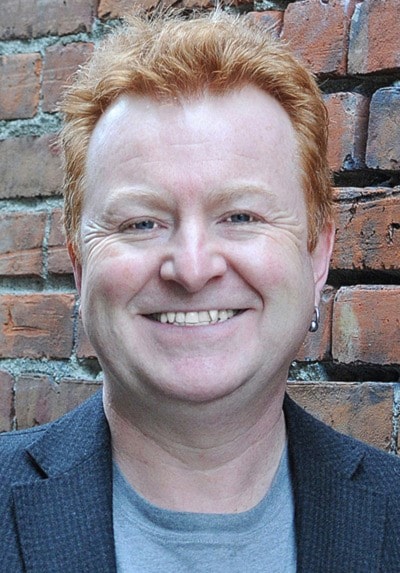There are times when the experts are so busy debating the big picture that they lose sight of what is happening right in front of their noses.
The current debate over how we treat our sewage has scientists and university professors locked in debate, but what about the people who witness our current disposal methods on a day-to-day basis? What impact on our seabeds and sealife have they witnessed over the last several decades?
I was chatting with Allan Crow who has spent over 35 years diving for octopus in the murky waters off the Victoria waterfront. Crow, a year-round commercial fisherman, has spent more time under the water and on our local seabeds than practically anyone.
And in that time, he’s observed first-hand what the effects of dumping raw sewage through outfalls located off Macaulay and Clover Points has had on the local seabed and marine environment. We always tend to assume that ocean currents will wash away our waste, but as Crow points out, “the tidal currents running along the Victoria and Esquimalt waterfronts over both outfalls are consistently weak and variable . . . rather than dispersing the effluent into oblivion, they actually work effectively to settle thousands of tons of contaminated sediment on the local seabed.”
This weak current, he adds, allows the effluent to accumulate on the seabed in the form of a fine, brownish-black sediment. This sediment, which has been accumulating for decades, “is staggering in places.”
Crow also adds that although the persistent sewage contamination of the region’s seabed is not a new development, “over the past 10 years it has gotten much worse.”
Anyone who has spent time in a boat has likely noticed the hundreds of seagulls that crowd over the plumes of both outfalls. The gulls feed on the whitish brown specks of grease and oil that the CRD is constantly pumping into our ocean.
“I’ve spent my entire adult life fishing and diving for a living off the Victoria waterfront,” Crow tells me. “And what I see is a serious environmental and public health problem hidden just below the surface. I’ve witnessed the expansion of dead zones, the sediment creep and from time to time have experienced total ‘brown outs’ while diving off the Victoria waterfront.
“Sad to say, over the years I have also witnessed a significant loss of biodiversity. Places that were once colourful and vibrant marine habitat, such as the entire Esquimalt waterfront, are now dull remnants of their former selves, where only the most silt tolerant marine life can exist.
“Secondary treatment is not a waste of money, but rather a long overdue and necessary investment we need to make to ensure a much cleaner future for our region.” Here, here. M
